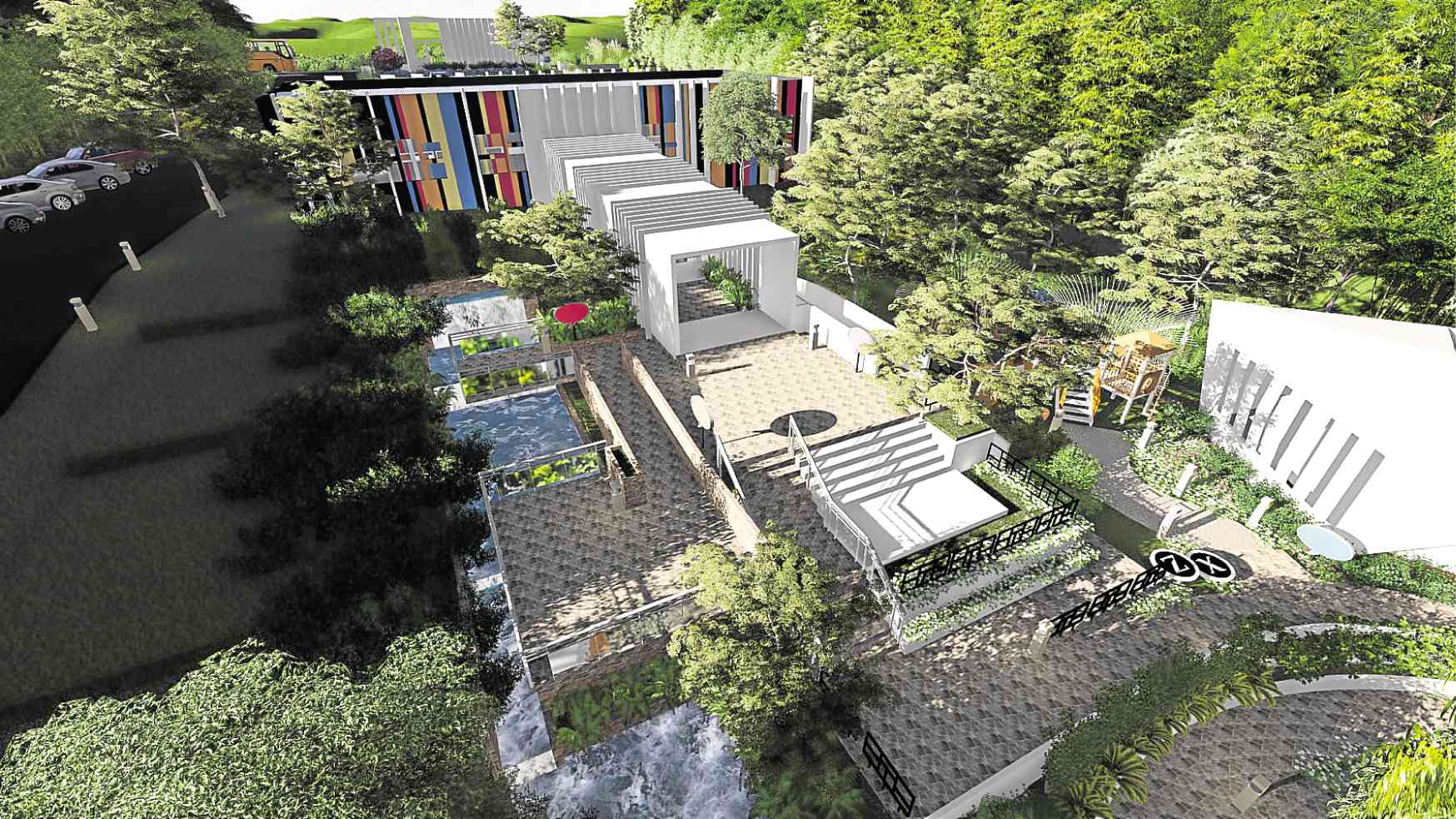Technology at the helm
To say that technology has made an impact on our lives is an understatement.
From how we go about our daily personal activities, interact with others, to how we perform tasks at work, technology has significantly changed the way we do things. One field that benefited from technology is architecture and design.
“The influence of technology has changed the mindset of designing,” noted metamodern architect Ian Fulgar.
“There is now more data that architects and builders can use and translate into simulations to see how the structure will react to the atmosphere, traffic flow, and wind circulation. [Technology] can help us shape our buildings better with regard to our own climate and other conditions,” Fulgar explained.
Virtual construction
According to Fulgar, much has changed from the days of manual drafting on the table.
“Back then, you have to do your best guess, do your best design. You probably have some kind of perspective but not a clear 3D model of how the entire building affects the environment, the end-users,” the principal architect of Fulgar Architects explained.
“When you design now, we’re actually virtually constructing it already—we’re actually building,” Fulgar said. “When we do that we have some kind of visualization, simulation as to how the building would perform and that cuts off a lot of wastages. The design becomes more efficient rather than you only find out these things after you build them.”
Sustainability in design
As technology helped enable developers to construct green and sustainable buildings, Fulgar believes that being environment-friendly should already be a given instead of simply being a trend.
“It’s as given as plumbing. For us, it should be a ground rule—part of the design and from the get-go. What we do, what we build, and how we affect the environment would affect all of us,” he said.
Aside from sustainability being instinctive in building designs, Fulgar stressed the need to go back to culture and identity. He pointed out that “how we embody identity and culture into the design helps us remember nationality, love for the country, sense of pride.”
The architect also felt that “we are borrowing too much from the Western ideas, where they mass produce and practice assembly architecture.”
“While we are adapting these concepts, further studies on how it will impact our way of living as Filipinos must also be considered,” he further said.
And that, for him, is what the role of metamodern architecture is all about: considering the sustainability, livability and buildability while coming up with new and better building designs that could help change how people live and interact with each other.
“It’s more of a journey towards that, how we can reimagine the new Philippine architecture,” he said.
Metamodern approach
Fulgar has several projects in the works where he is trying to apply the metamodern approach. One is The Fortress, a fusion of medieval and modern look with streamlined feel and amenities in Angeles City, Pampanga. Another ongoing project is a themed exclusive resort-hotel in Puerto Galera, where he put into careful consideration the property’s orientation.
“It has a high elevation so on one side, the cliff side, there’s a wonderful view of the ocean,” Fulgar shared.
According to Fulgar: “We’re kind of privileged and blessed to have more clients [who] are also excited about coming up with new things and [who are] also hands on in the creative process. We encourage them to throw in their ideas.”
Also on Fulgar’s list is the soon-to-be-built Mars Ravelo Museum in Tagaytay where, instead of coming up with just one massive structure, paper-inspired galleries will be scattered throughout the 2.4-ha property.
“It is inspired by paper because we wanted to embody Tatay Mars,” explained Fulgar.
The entire compound was designed to inspire and spark fun and creativity, especially in those who are aspiring to become a writer and artist, or a graphic novelist like Mars Ravelo, who brought to life well-loved local superheroes and mythical creatures such as Darna, Dyesebel, Captain Barbell, and Lastikman.
Another ongoing design project is an upscale hotel and casino in Batangas. Poised to revitalize Tanauan’s economic sector and boost tourism in the area, this landmark hotel will reportedly have an origamic design, Fulgar added.


